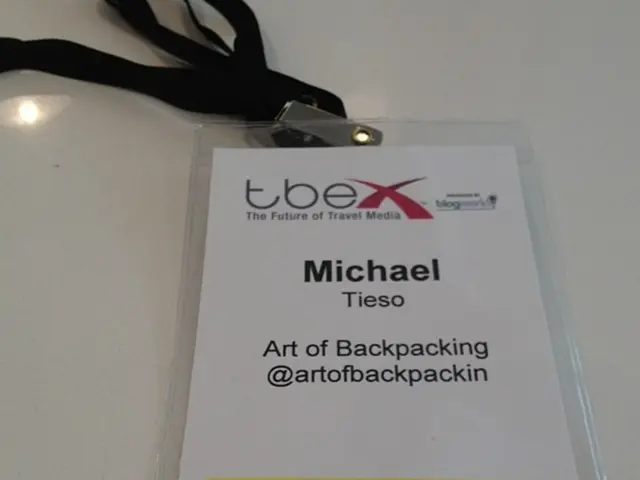Exploring Independent Study Methods: Paving the Way for Learner Autonomy in Education
In today's digital age, self-directed learning (SDL) has emerged as a powerful tool for enhancing the educational journey of students. By leveraging technology and online resources, SDL offers vast information, tools, and opportunities for collaboration, enabling personalization based on each learner's needs.
Research consistently shows that students who engage in SDL are better equipped to adapt to new challenges, demonstrating resilience and resourcefulness, attributes that significantly influence their overall success in diverse educational settings. Key characteristics of SDL include motivation, goal-setting, self-regulation, and resource embrace.
Setting learning goals is a fundamental aspect of SDL, and the SMART criteria can help learners articulate their aims precisely. Creating a supportive learning environment is essential for fostering SDL, as it encourages learners to explore their interests, pursue individual learning paths, and feel safe to make inquiries. Offering resources that cater to various learning styles enhances accessibility and personal relevance, allowing learners to explore subjects in ways that resonate with them.
The integration of technology into SDL enriches the learning experience and strengthens the learner's autonomy. Online platforms and educational applications can provide learners with tools to manage their own learning processes, significantly enhancing the SDL experience and improving educational outcomes.
However, the availability of resources, including technology and materials, can limit the implementation of SDL, potentially affecting learners' educational experience. Teachers may face challenges in designing appropriate assessments that align with SDL objectives, as traditional assessment methods may not effectively measure students' progress or mastery.
To overcome these challenges, educators can implement effective strategies such as setting clear learning objectives and goals, creating a conducive learning environment, leveraging technology, providing guidance and support, facilitating reflection and evaluation, fostering autonomy and accountability, and encouraging inquiry-based, project-based, and collaborative learning methods.
By incorporating these strategies, educators can create an environment that supports the development of essential skills such as autonomy, adaptability, and lifelong learning, ultimately enhancing student engagement and academic success in various educational settings. It's important to note that SDL can occur in both formal and informal settings, and some learners may have varying abilities in setting goals, managing time, and assessing their understanding, leading to inconsistency in SDL scenarios. Nevertheless, with the right support and resources, learners can thrive in SDL environments, preparing themselves for future challenges.
E-learning platforms, such as educational applications, can be instrumental in supporting professional development by offering tools for self-directed learners to manage their own learning processes, thereby promoting personal growth and lifelong learning. Learning environments that embrace e-learning, education-and-self-development resources, and the principles of self-regulation can encourage self-directed learners to set SMART goals, explore their interests, and navigate diverse learning resources, facilitating their overall success and adaptation to new challenges.




